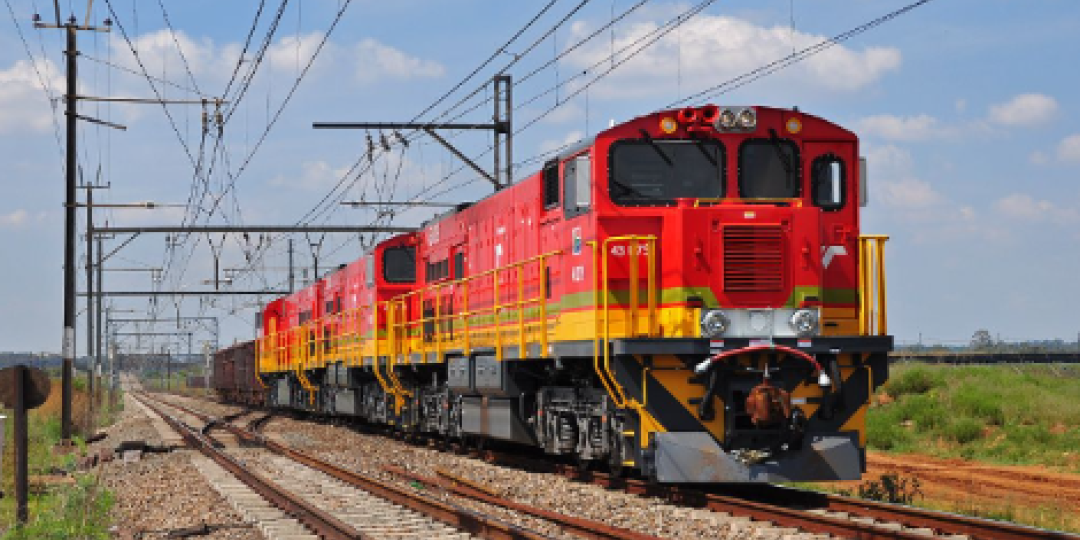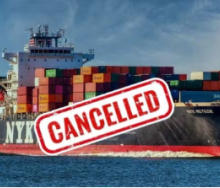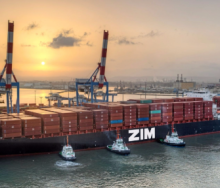Transnet has updated information regarding its ongoing efforts to seek much-needed private-sector investment in its freight rail network, especially insofar as available capacity relates to third-party involvement.
The logistics utility said the updates were effective immediately and were contained in the latest Network Capacity Statement (NCS) by Transnet Rail Infrastructure Management (Trim), the specialised division overseeing private-sector access to Transnet Freight Rail’s network.
The state-owned company (SOC) said: “These updates reflect Trim’s commitment to enhancing transparency, increasing equitable access, and driving economic transformation within the freight rail sector.”
As such, the latest NCS details “insights into available network capacity and key operational considerations for train operating companies (TOCs) across all corridors”.
The SOC added, “The revision ensures greater clarity on capacity allocation principles and includes critical enhancements to improve network reliability, efficiency, and planning processes.
“It also reinforces Trim’s commitment to addressing infrastructure constraints and enabling a competitive rail environment in line with the National Rail Policy.”
Transnet emphasised that changes to the addendum to section 4-10 of the statement “introduces key transformation-focused measures to promote equitable access for emerging operators”.
“In alignment with B-BBEE legislation and the Rail Sub-Sector Code, the addendum outlines principles for capacity allocation that incorporate equity participation, ensuring that new entrants have greater opportunities to participate in the industry.”
A media statement accompanying news of the latest NCS said: “Trim is actively engaging with stakeholders to develop a fair and sustainable framework for inclusive rail access, including mechanisms for consolidation of smaller freight volumes and participation in yard and terminal operations.
“These changes mark a progressive step toward a more inclusive, transparent, and competitive rail sector, unlocking the full potential of South Africa’s freight rail network.”













